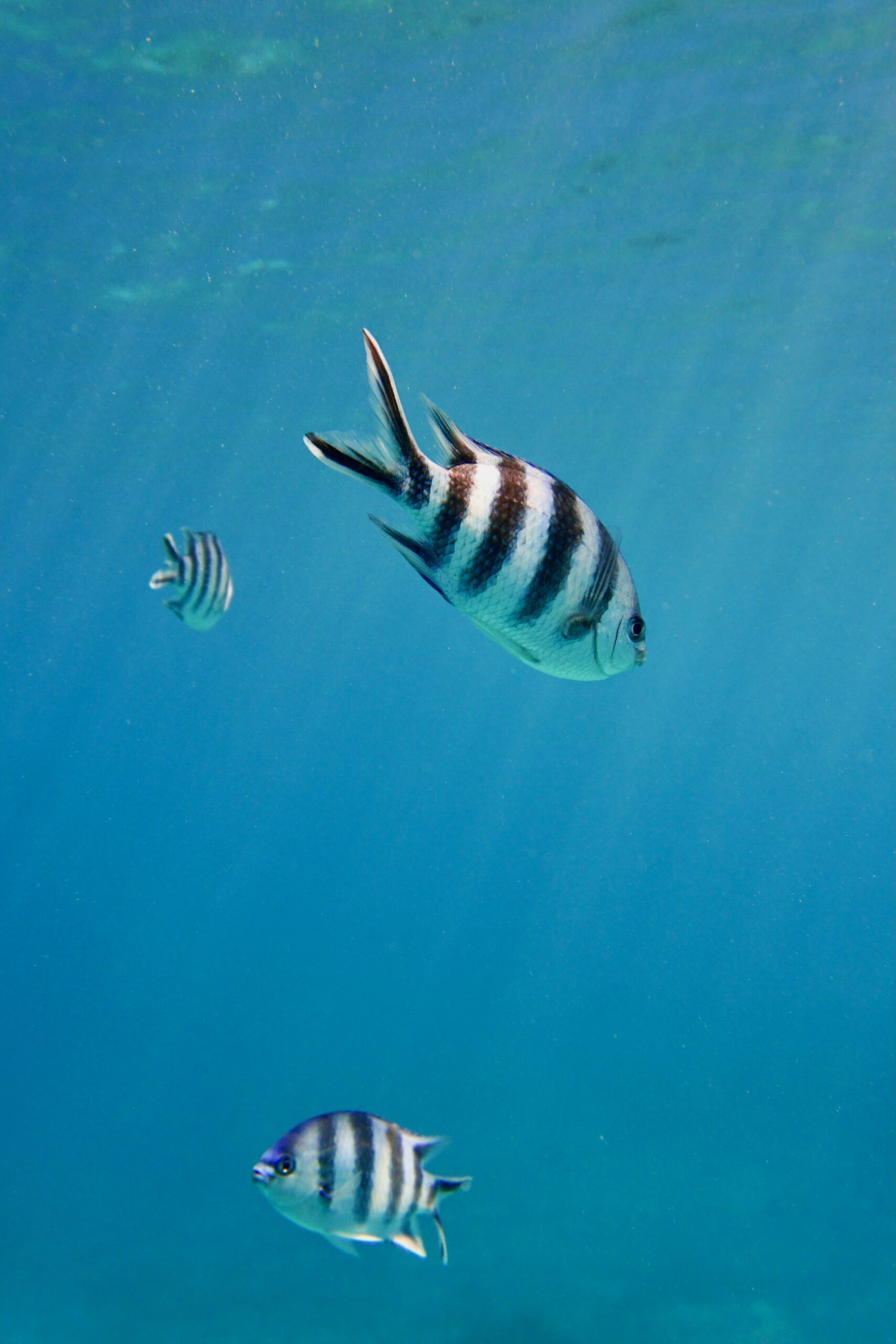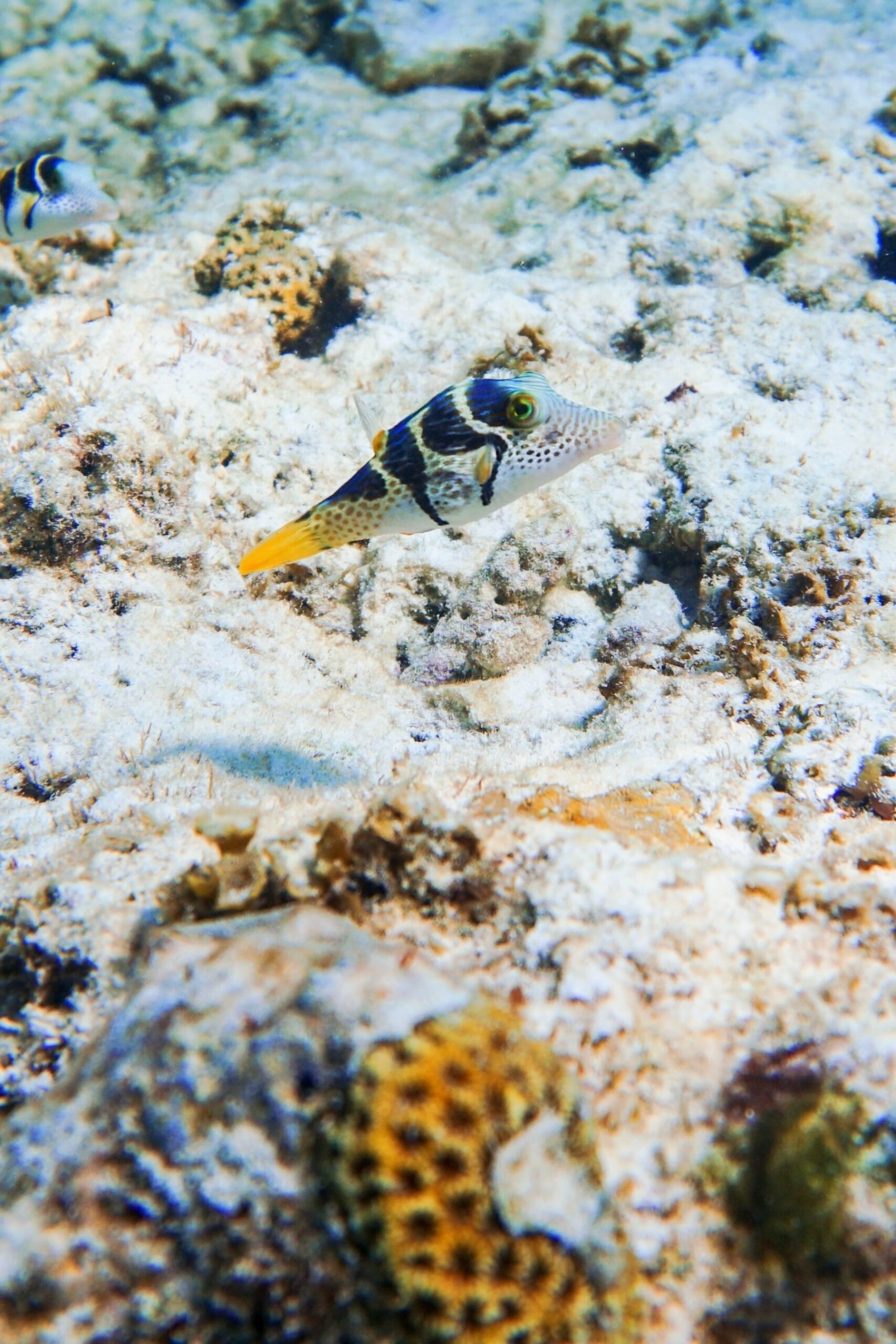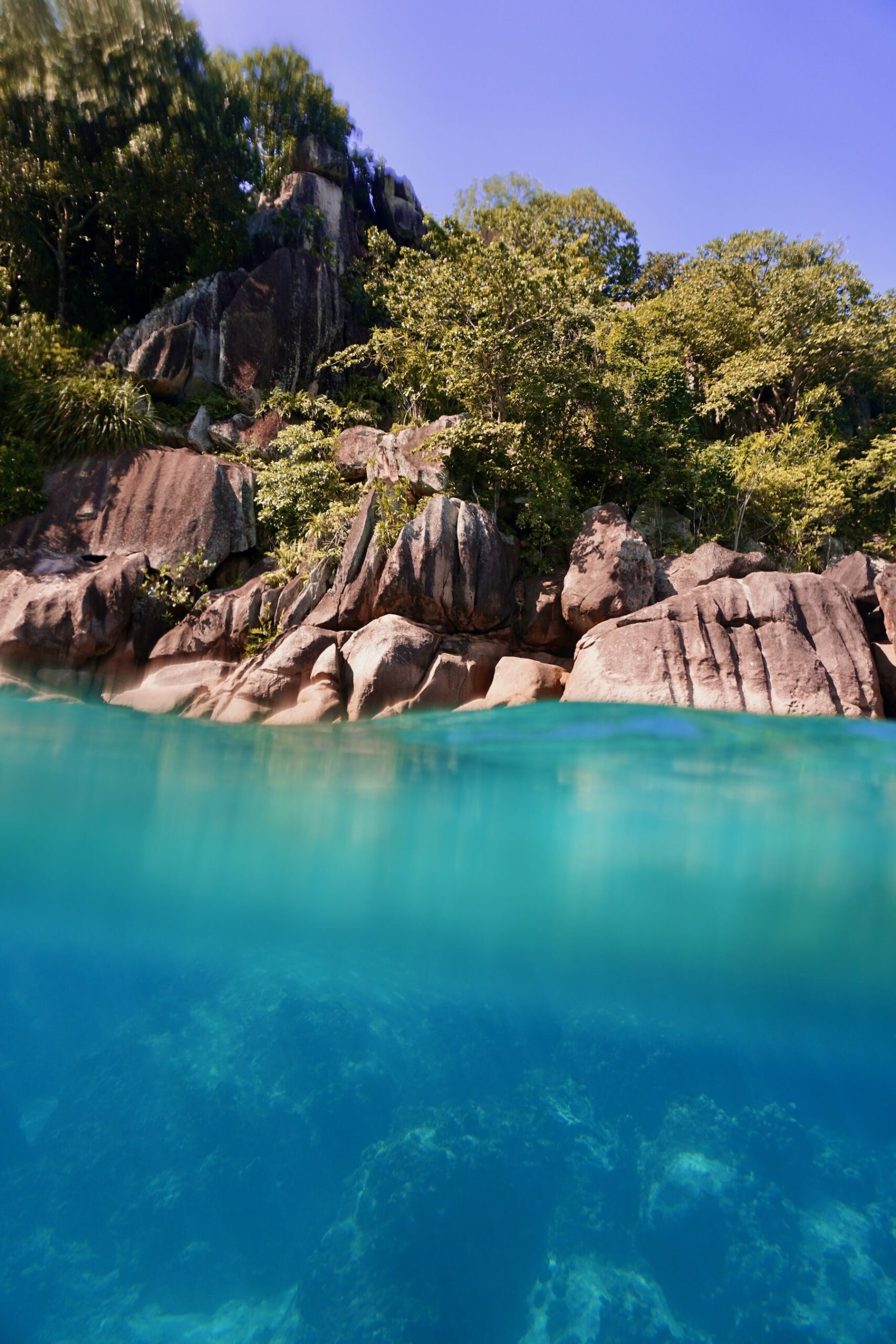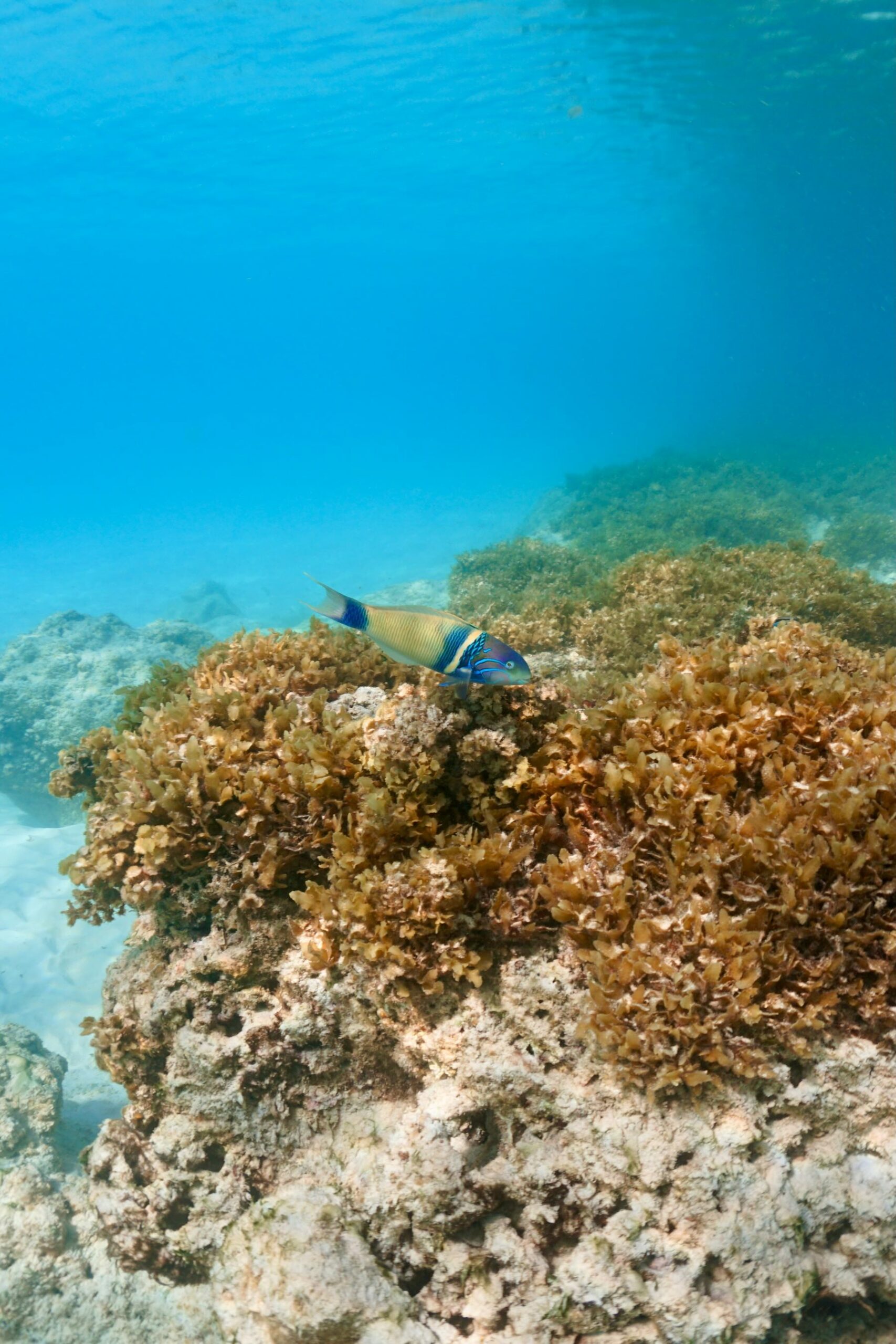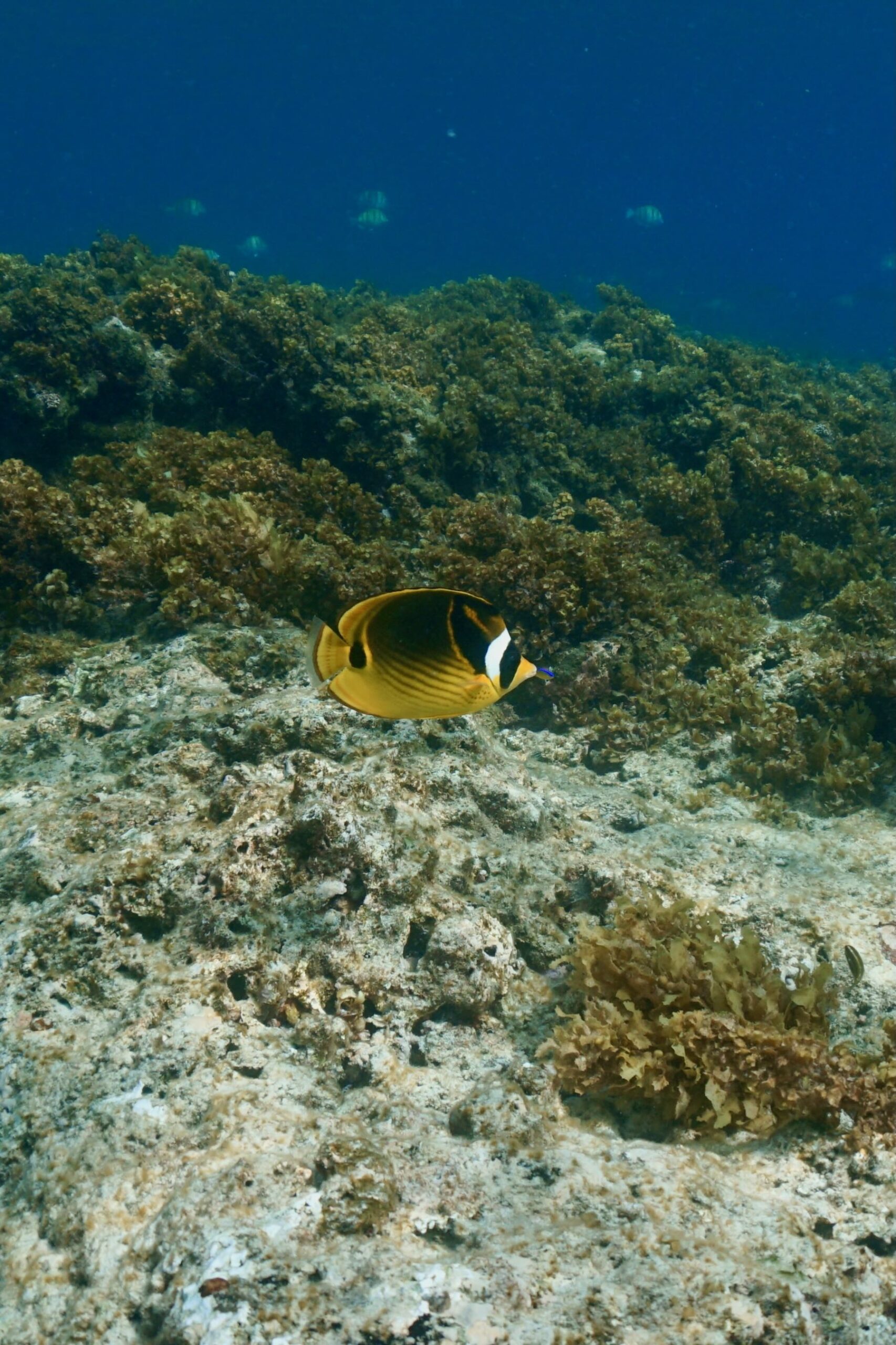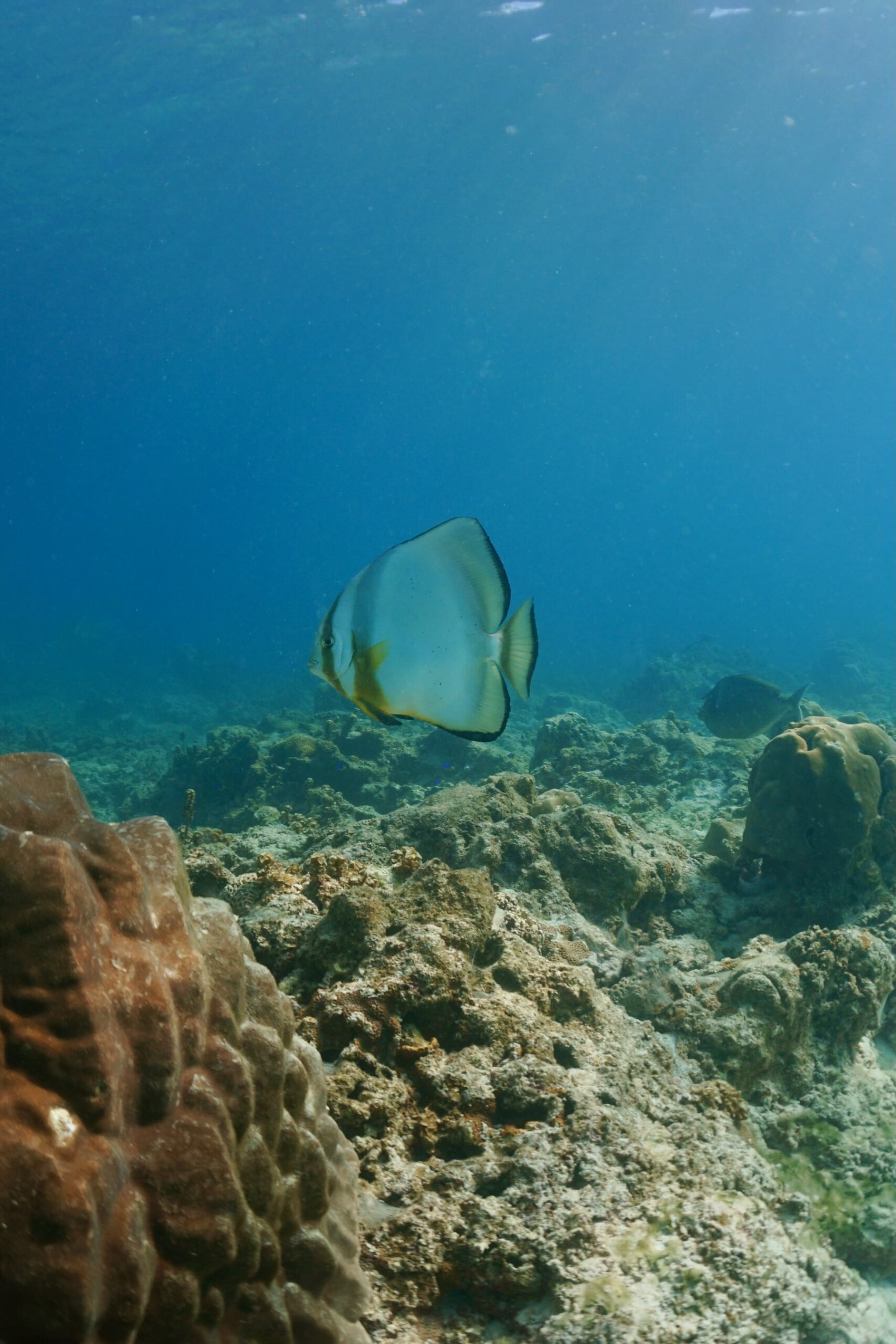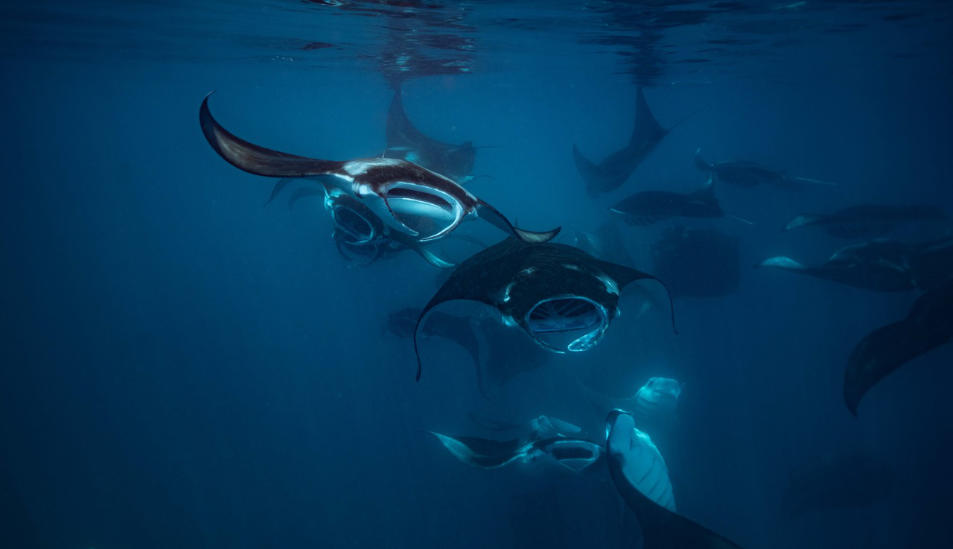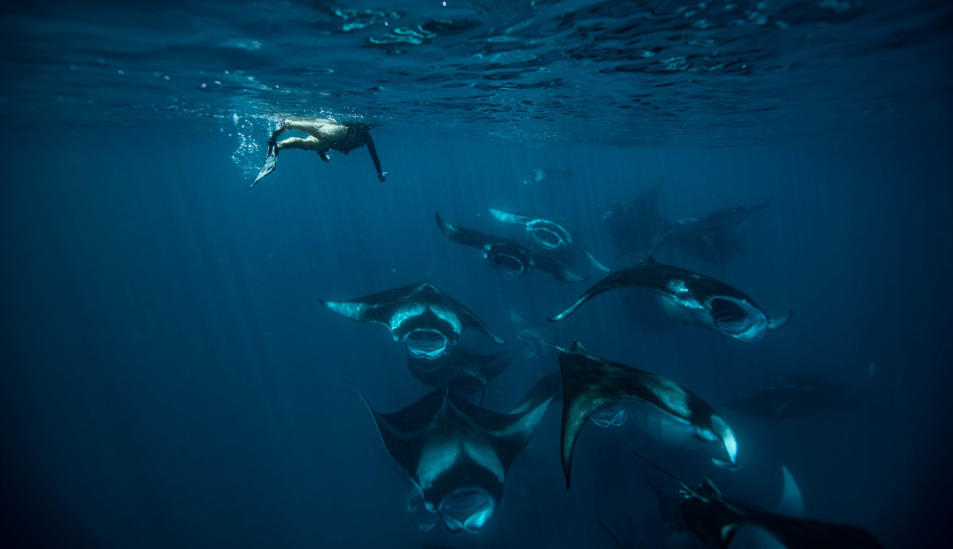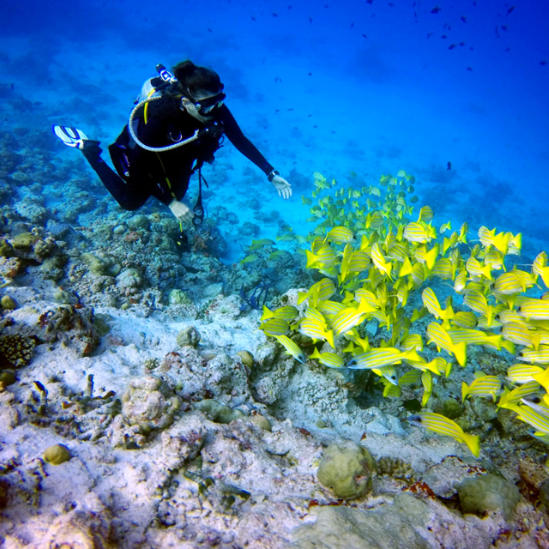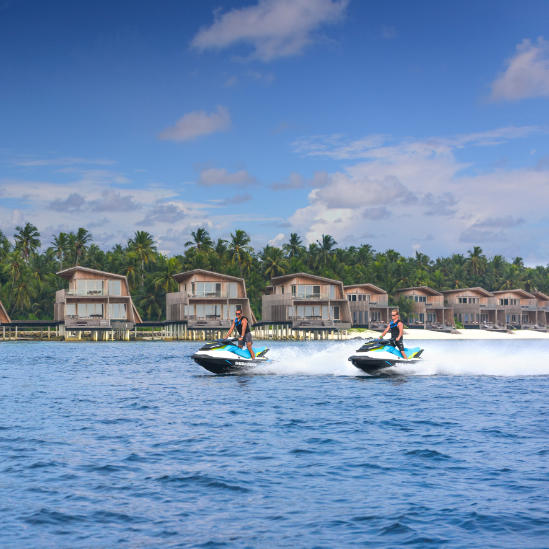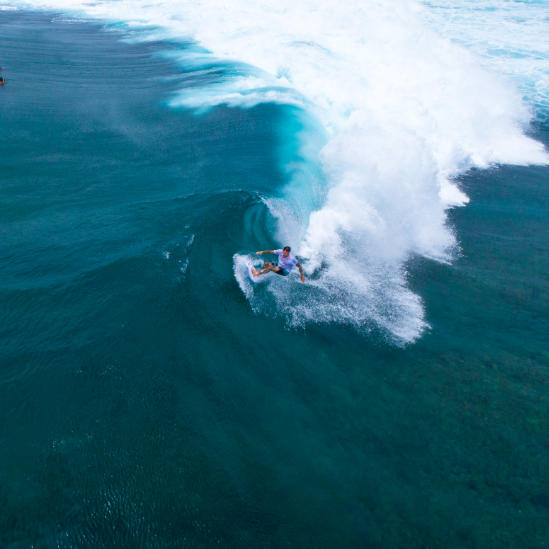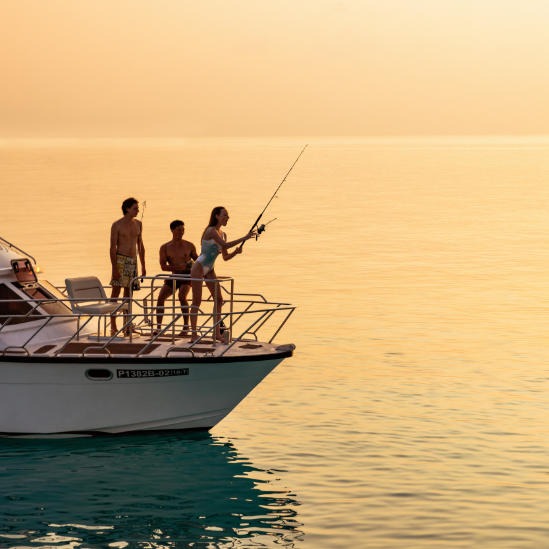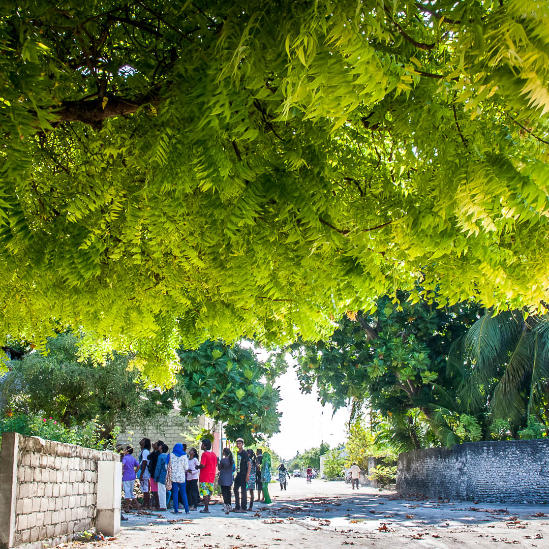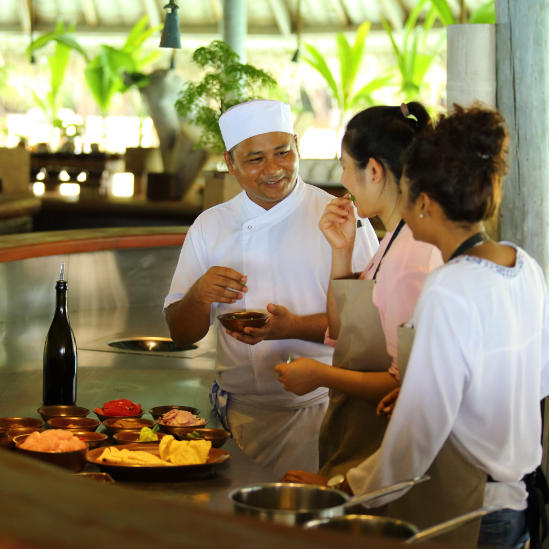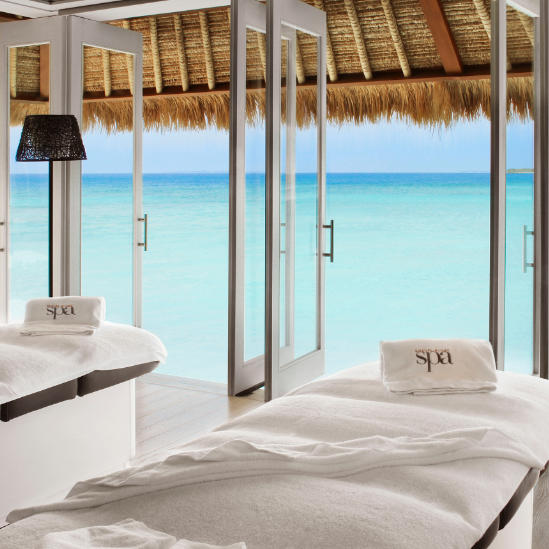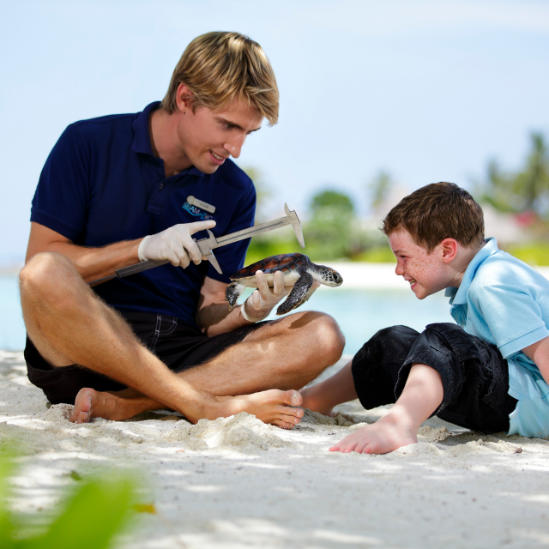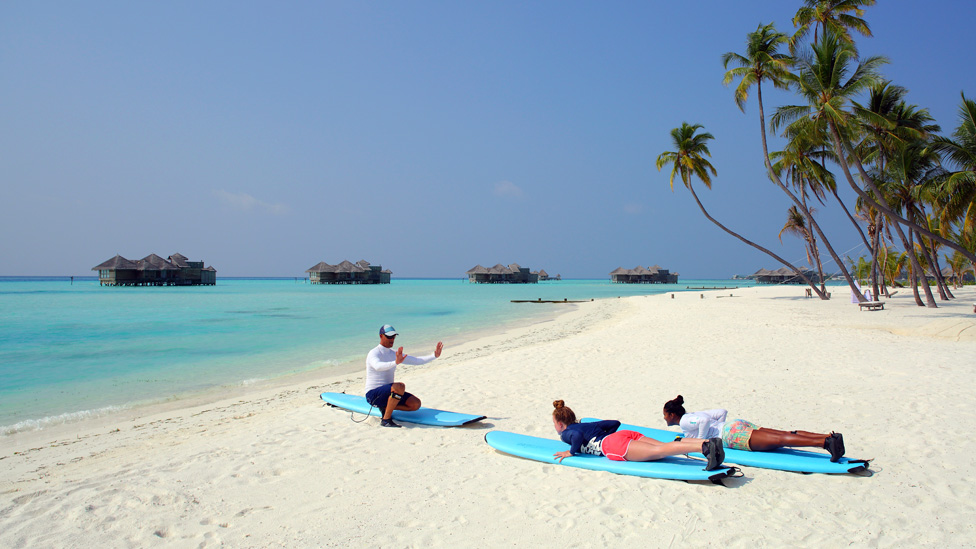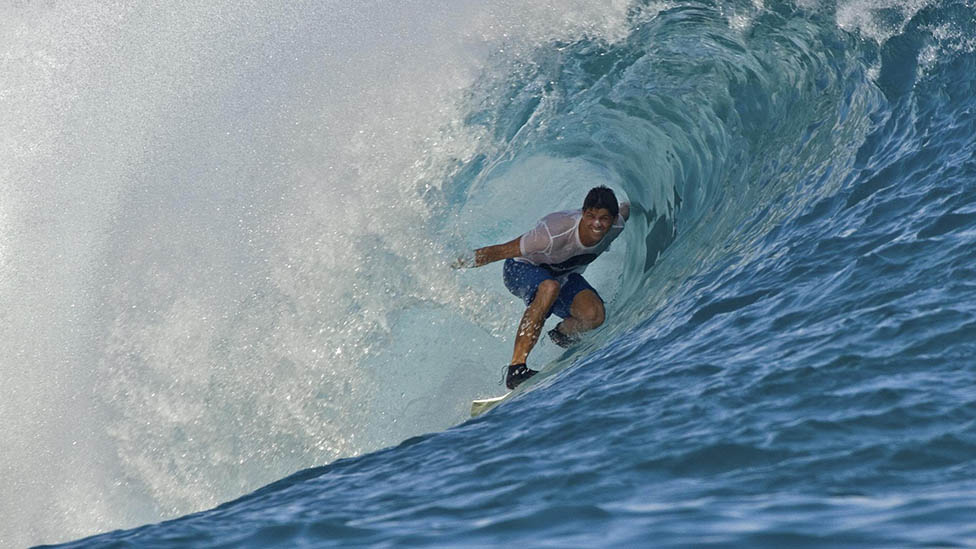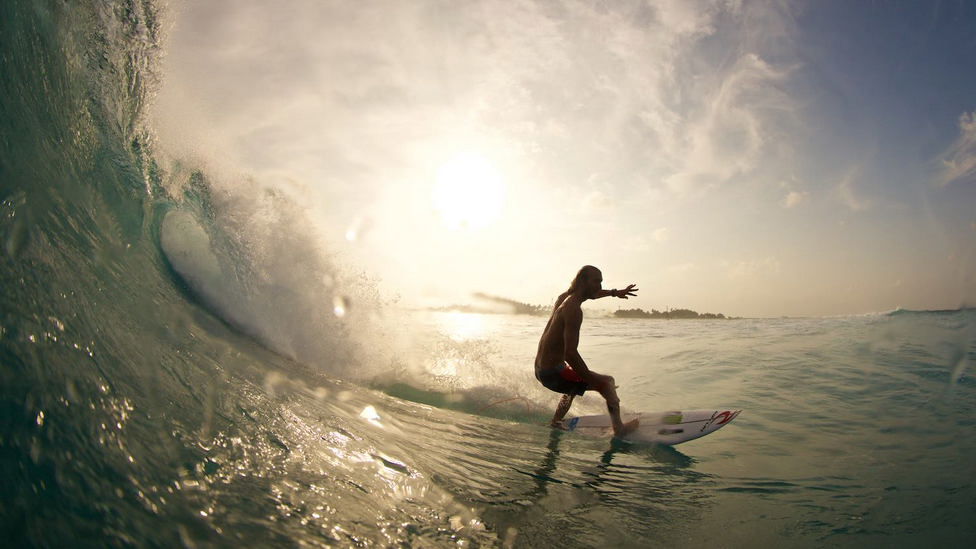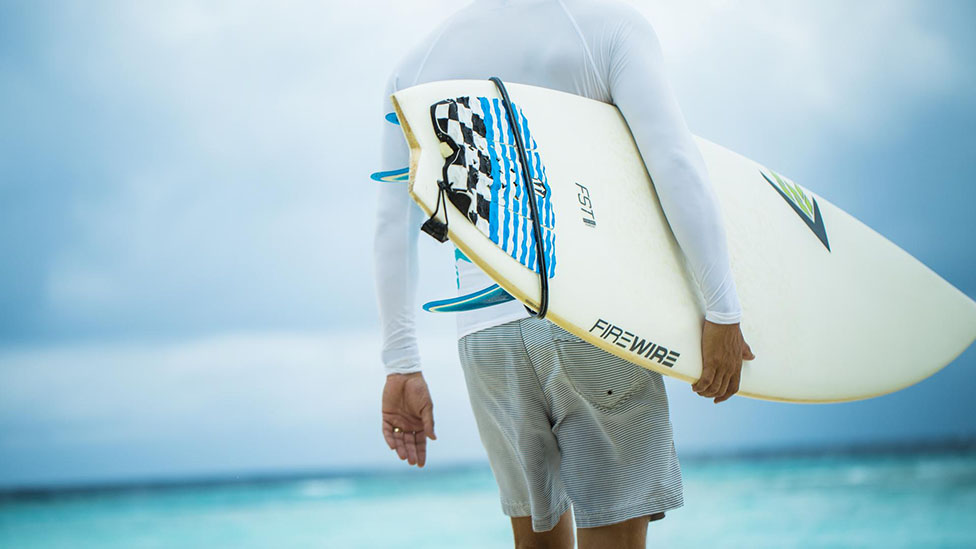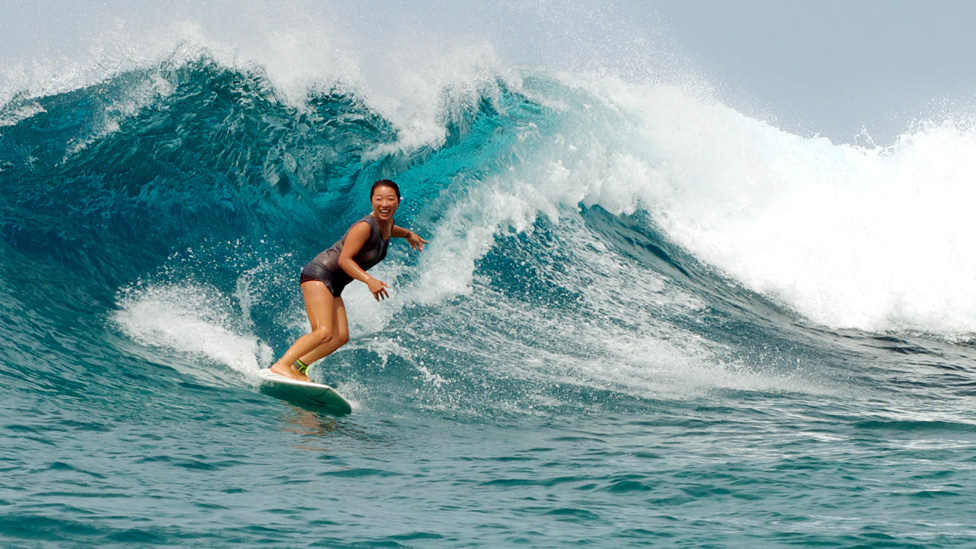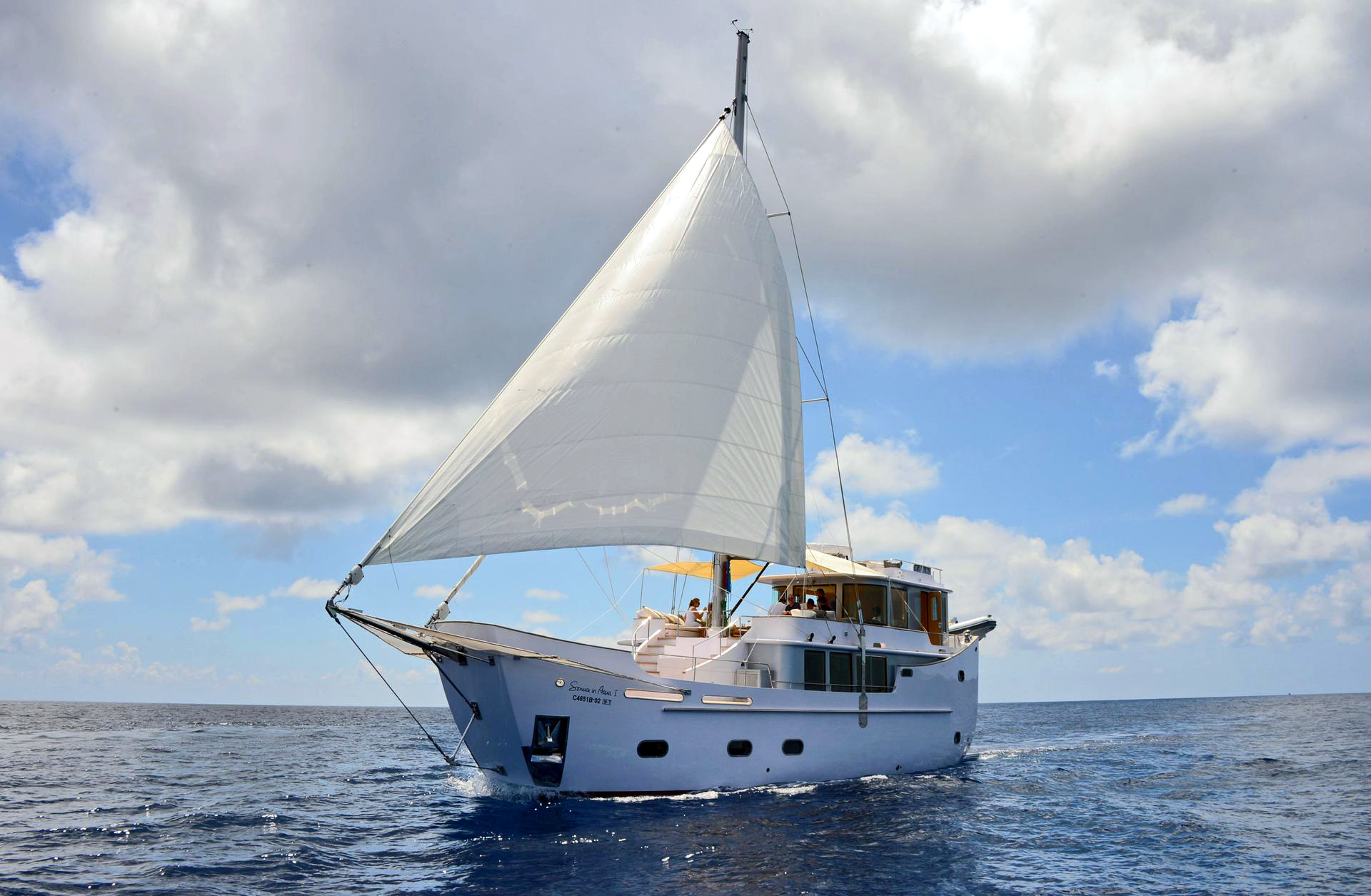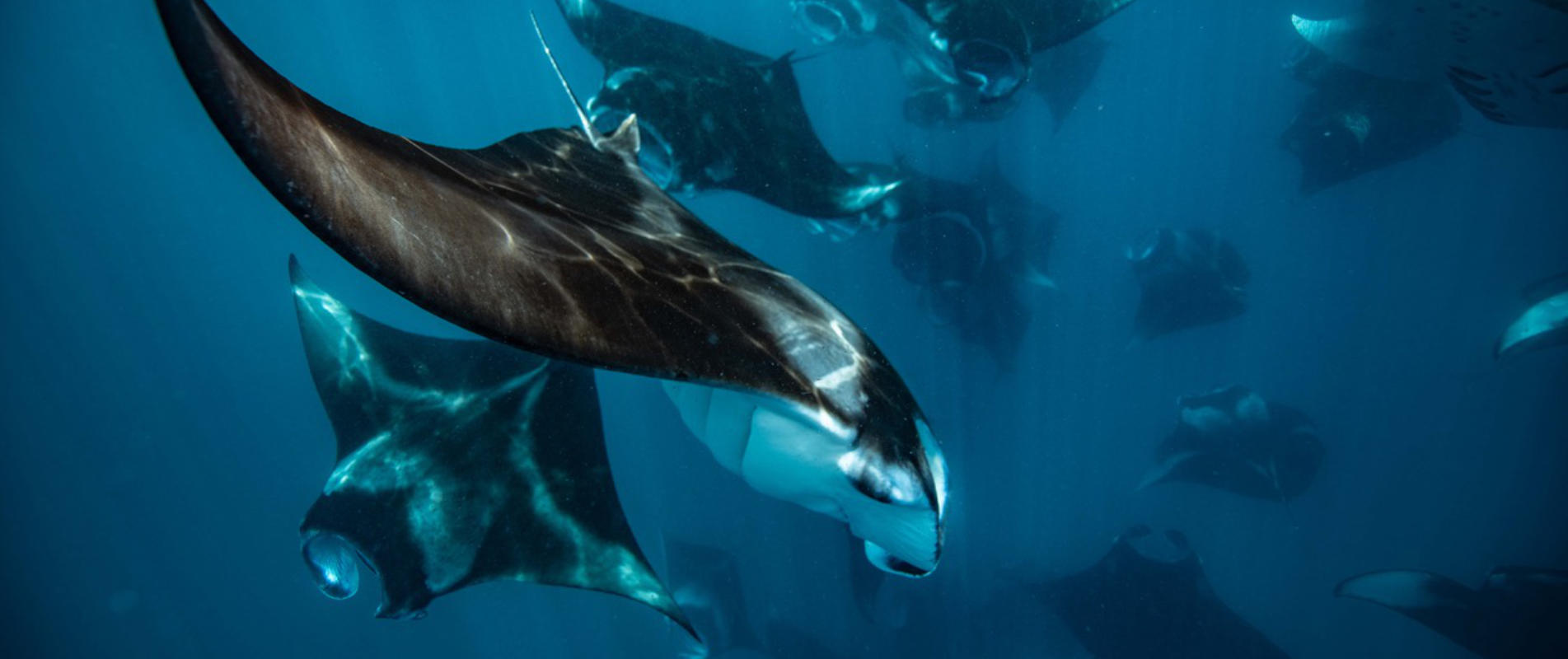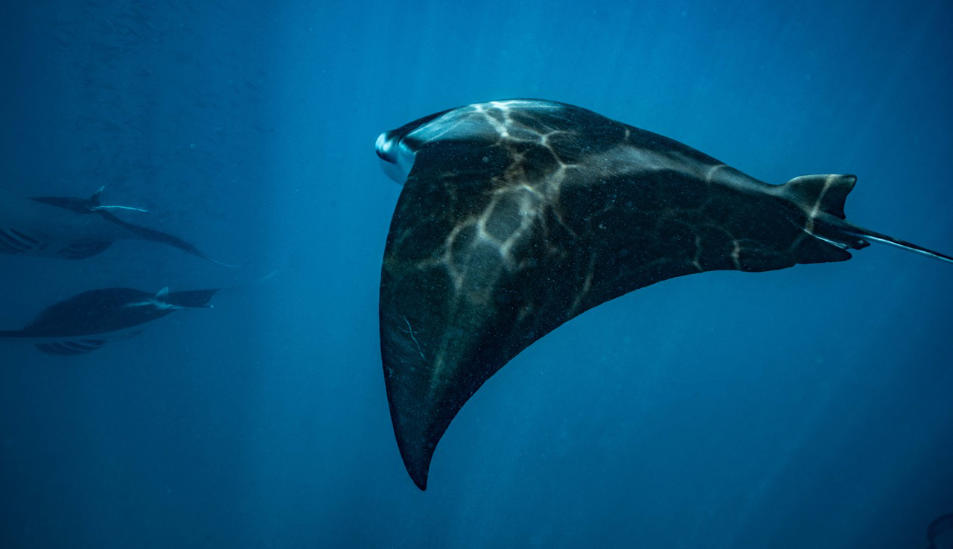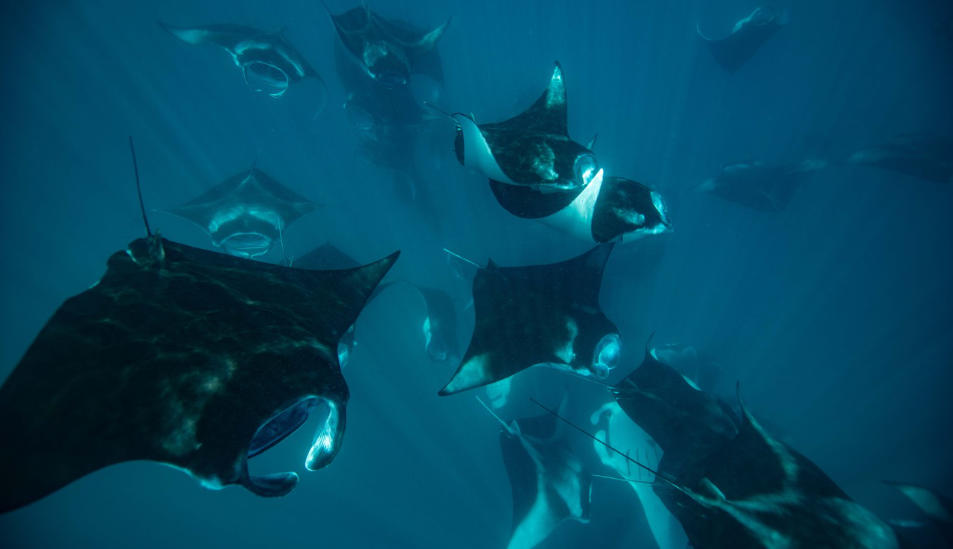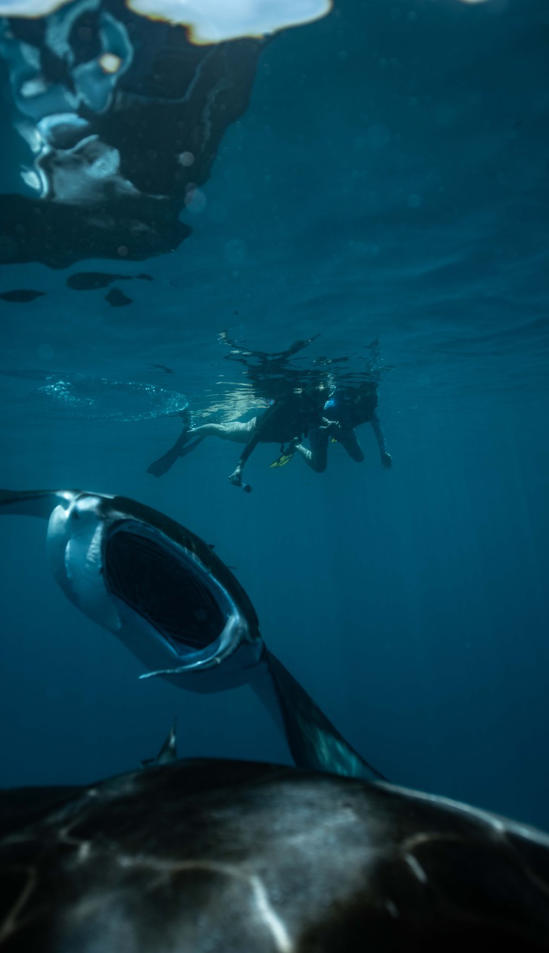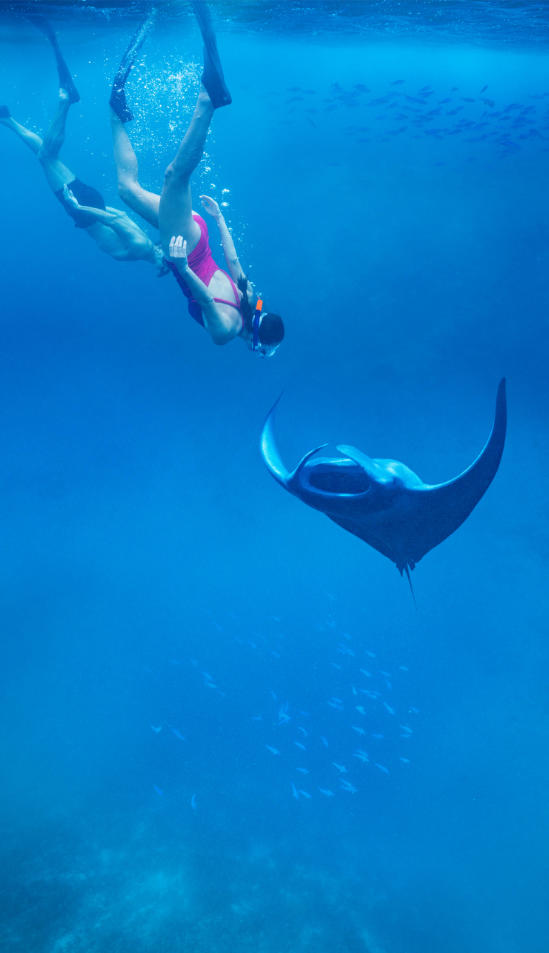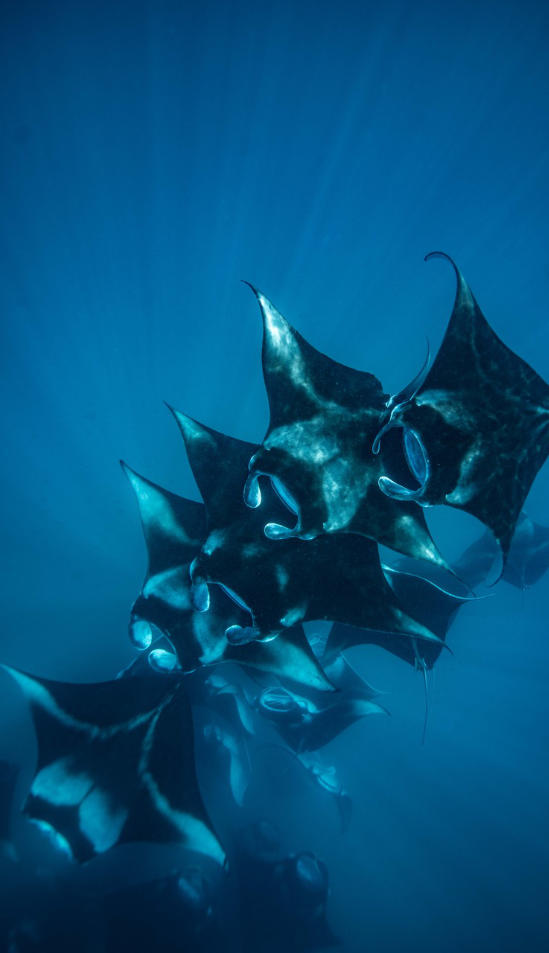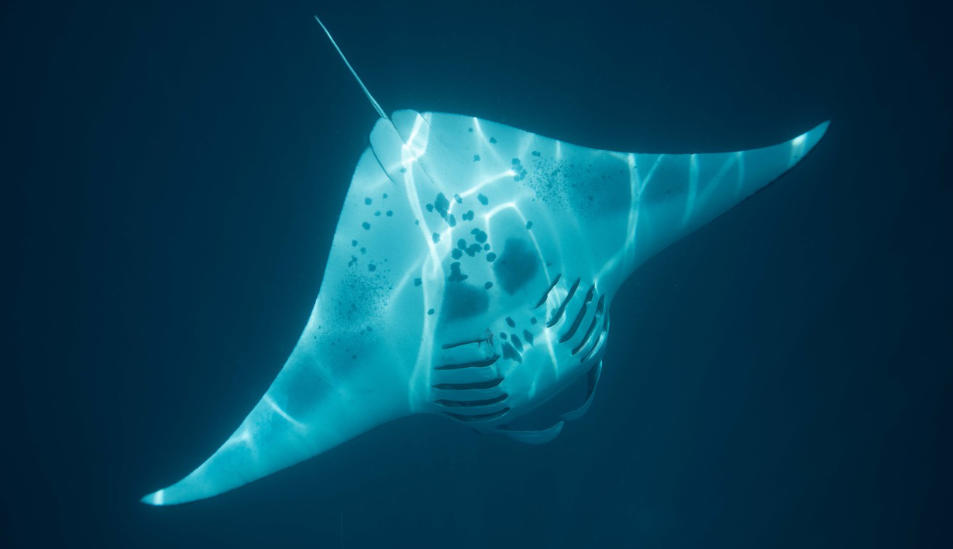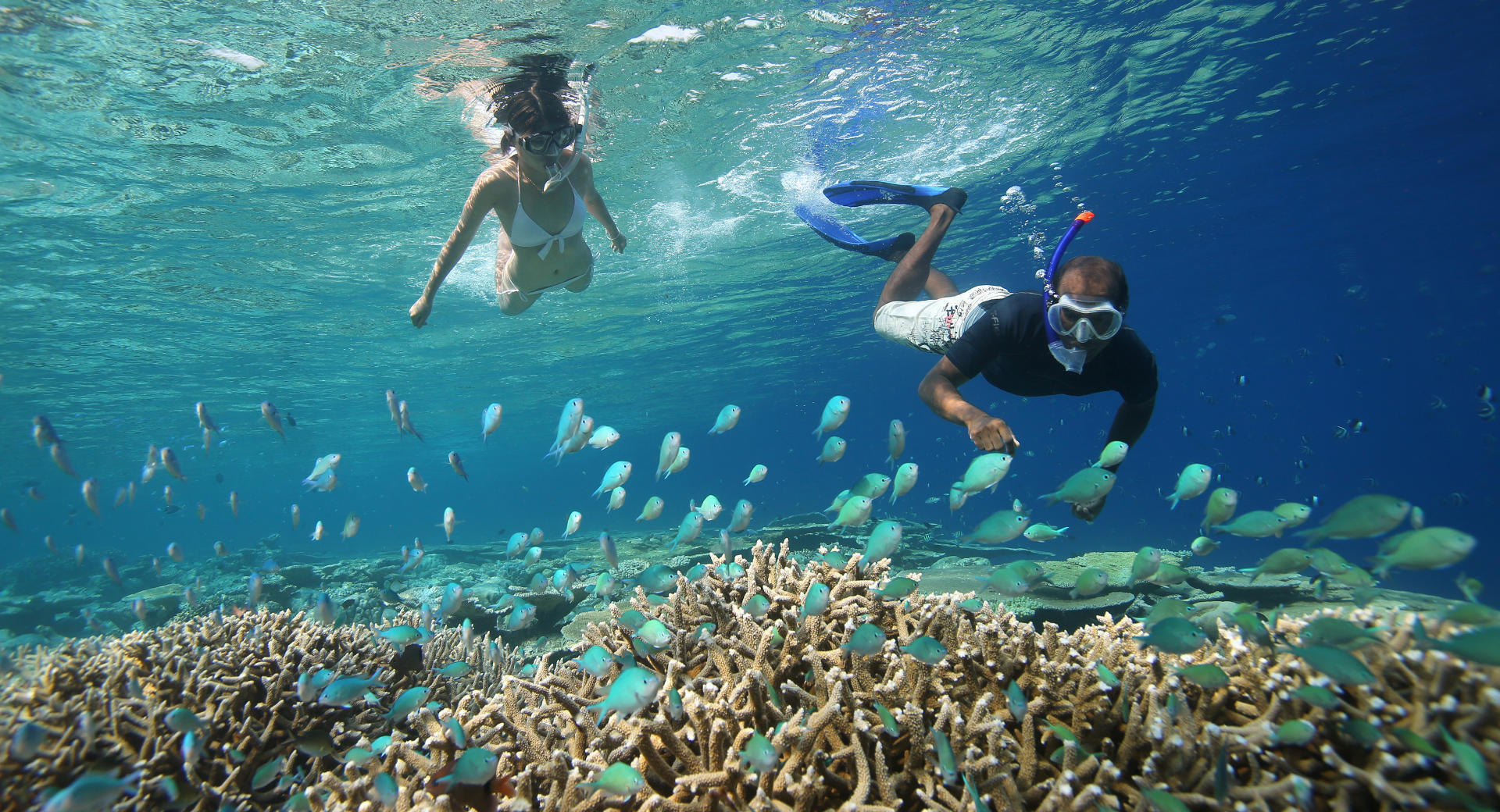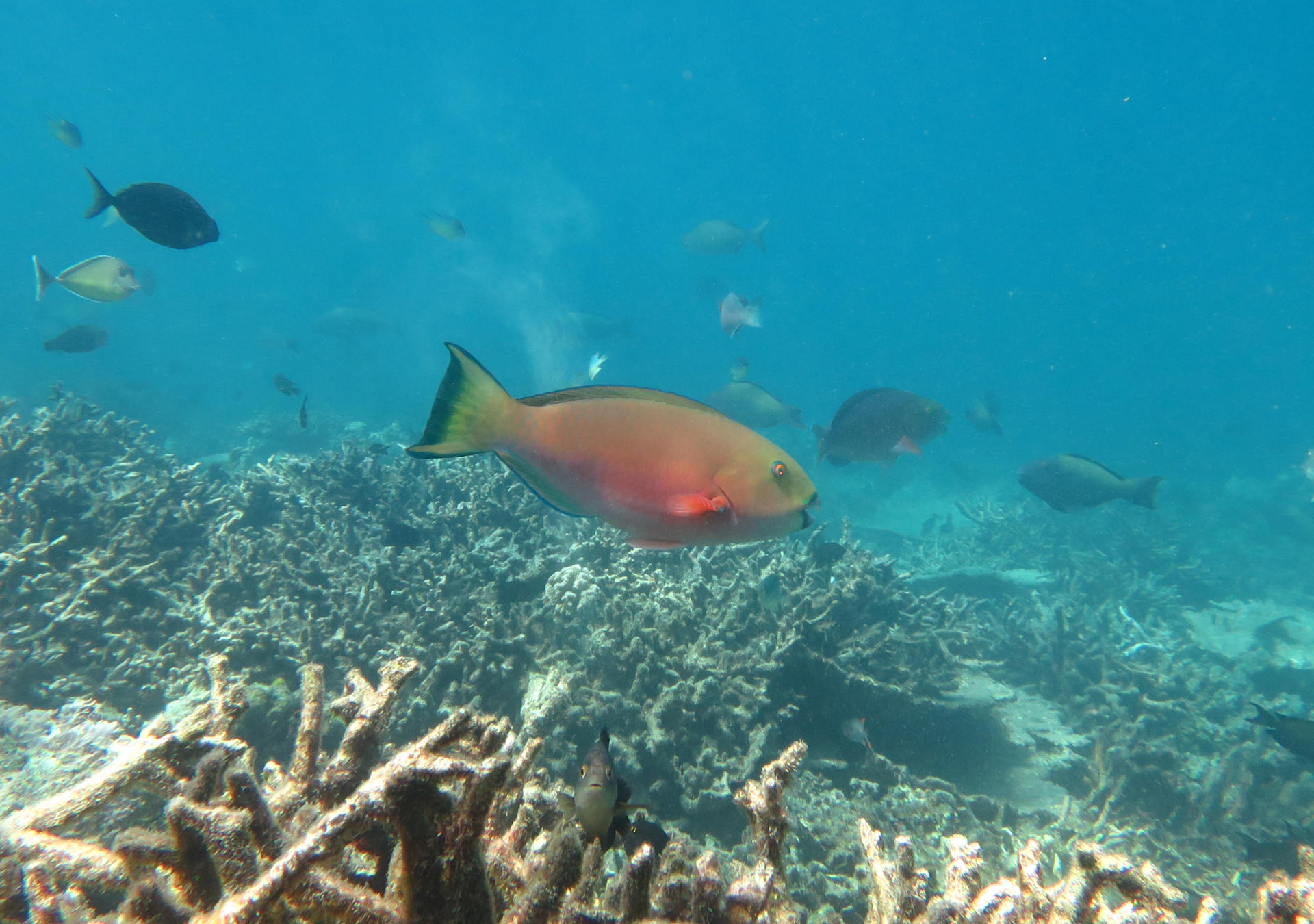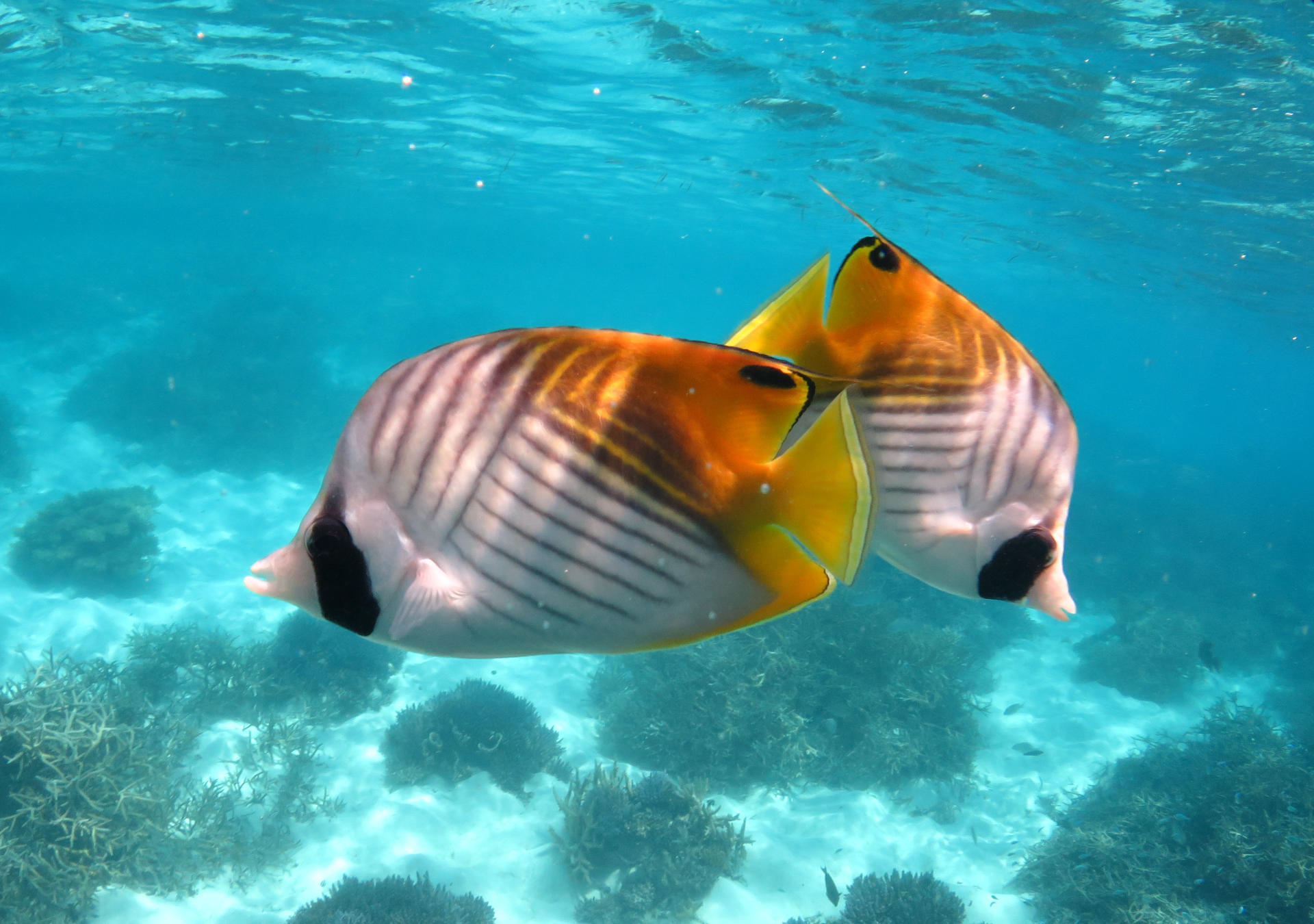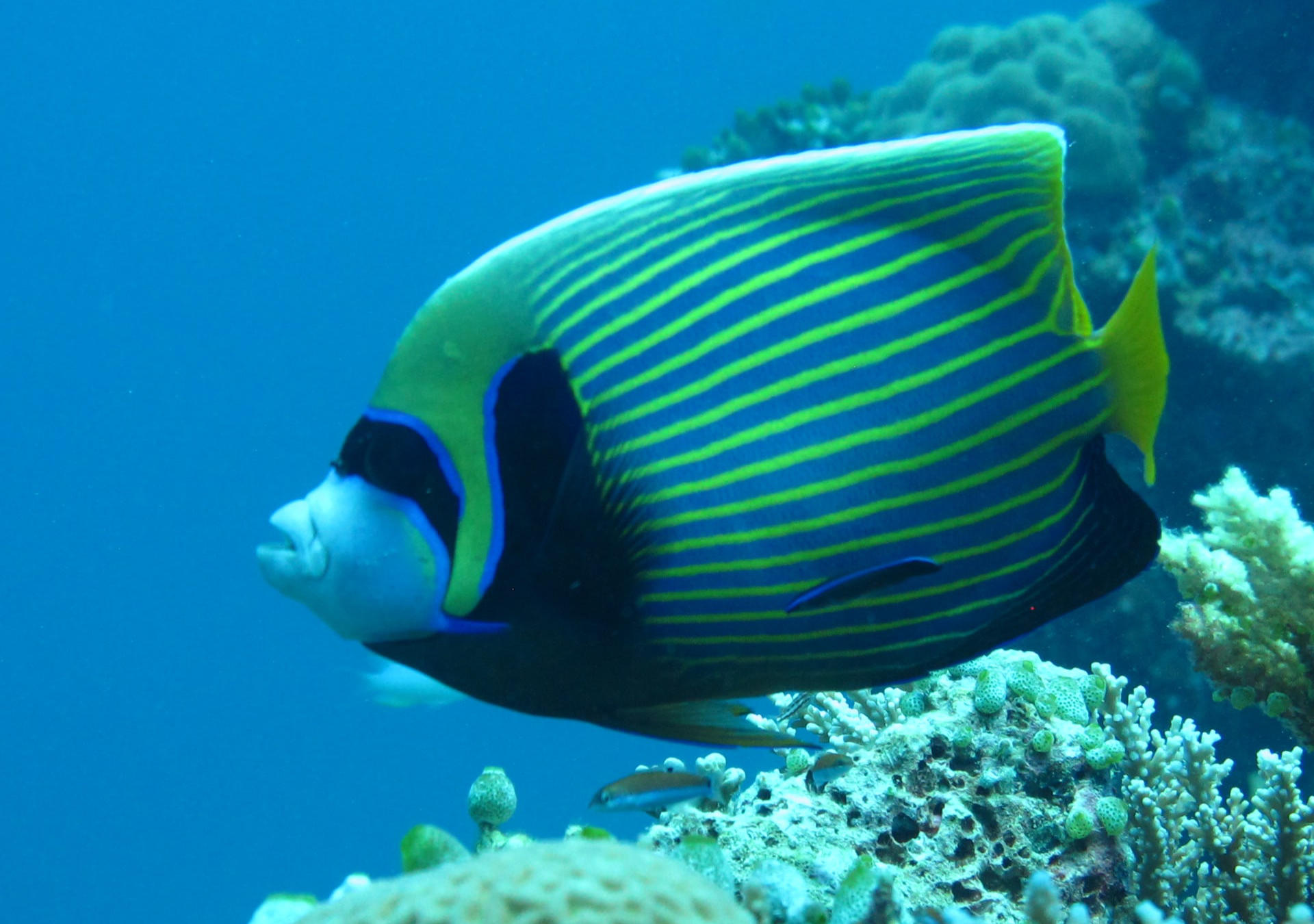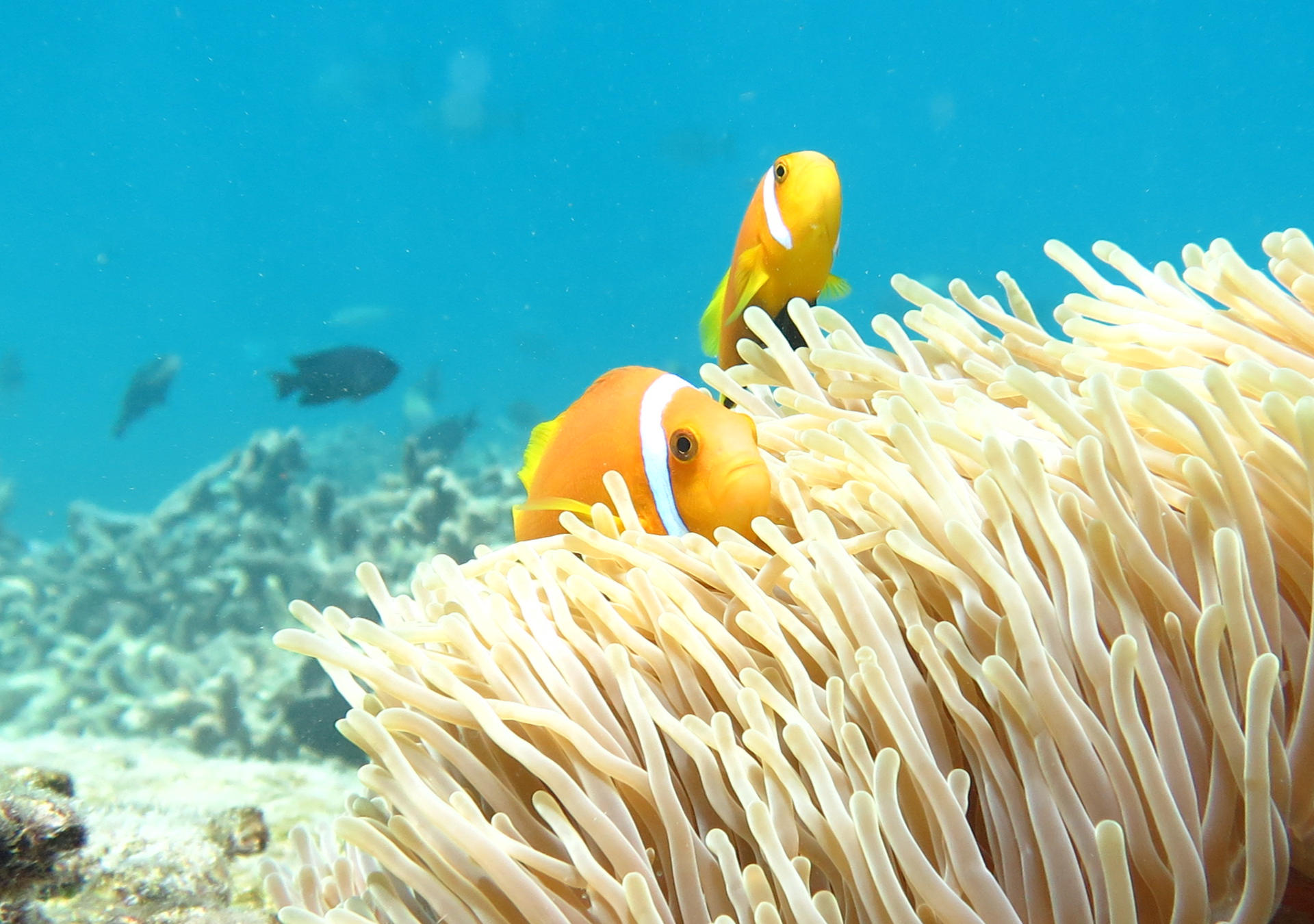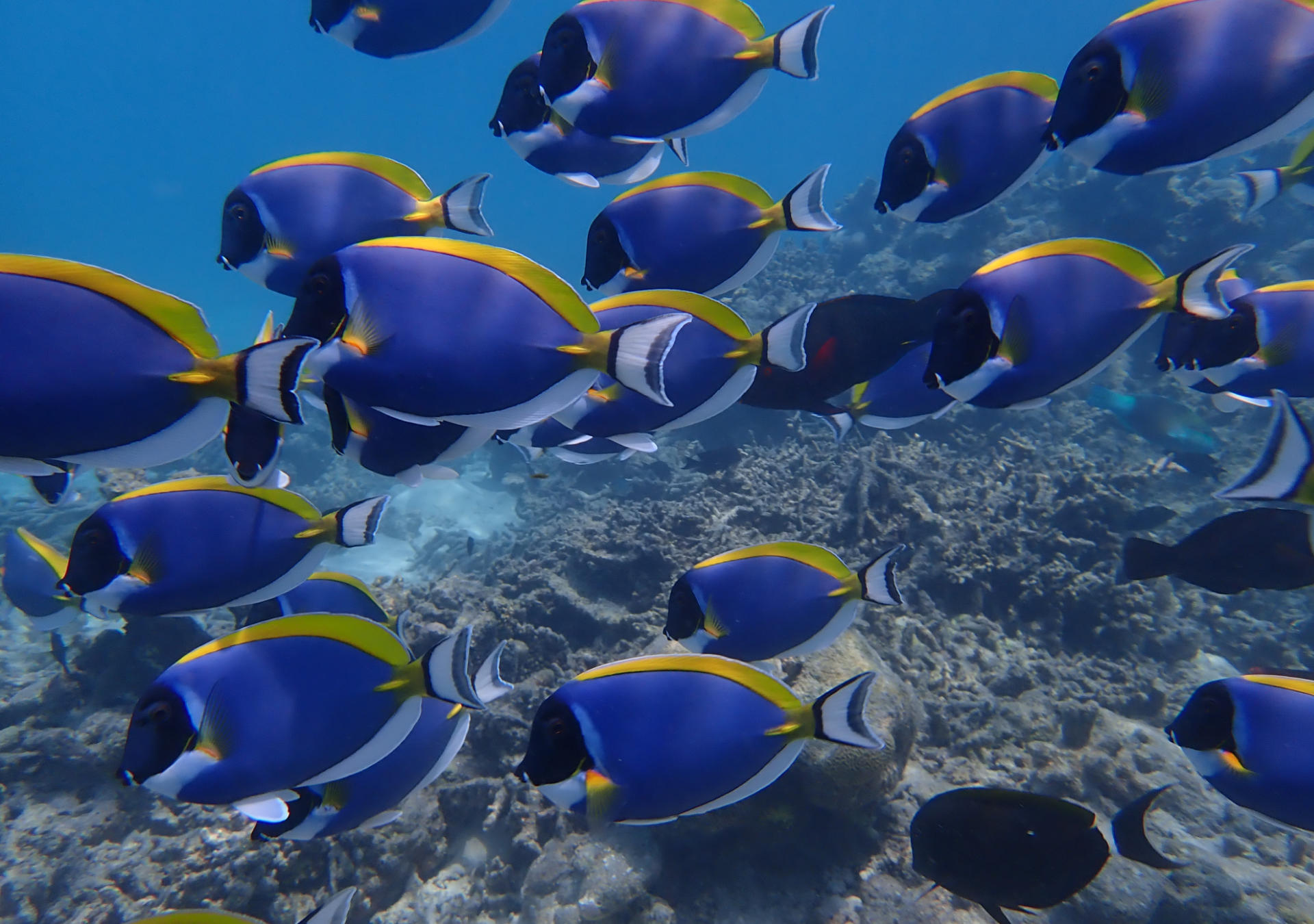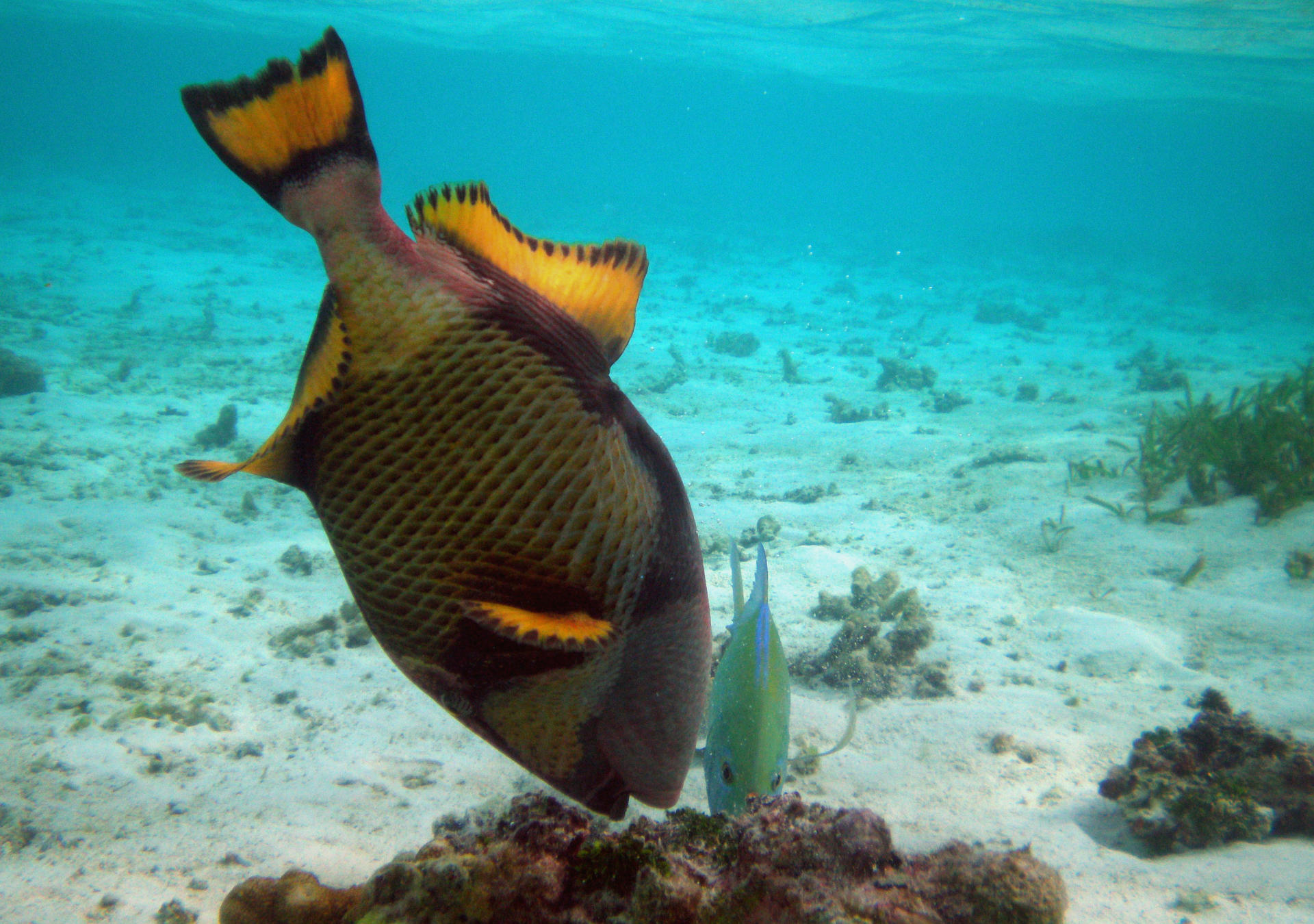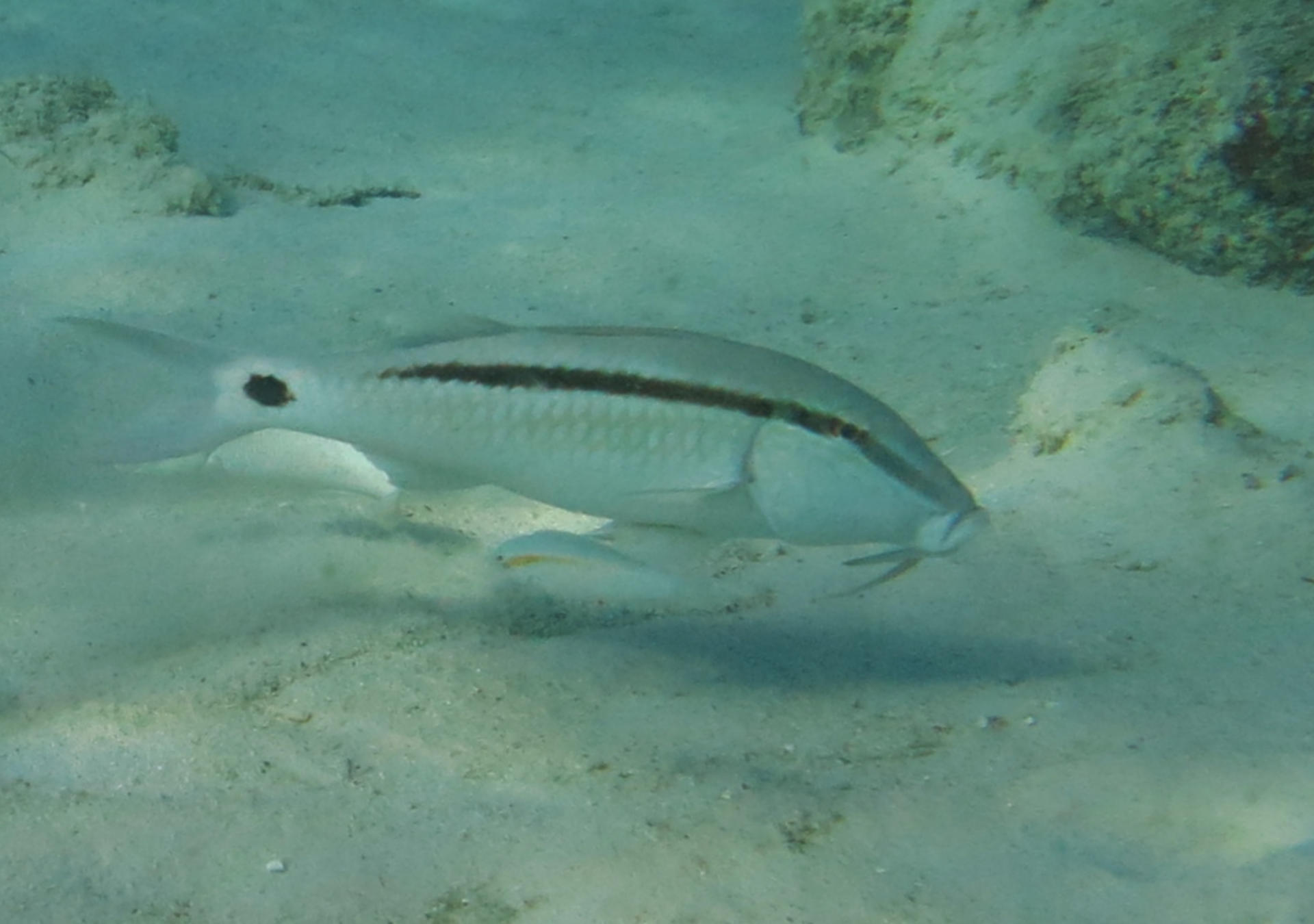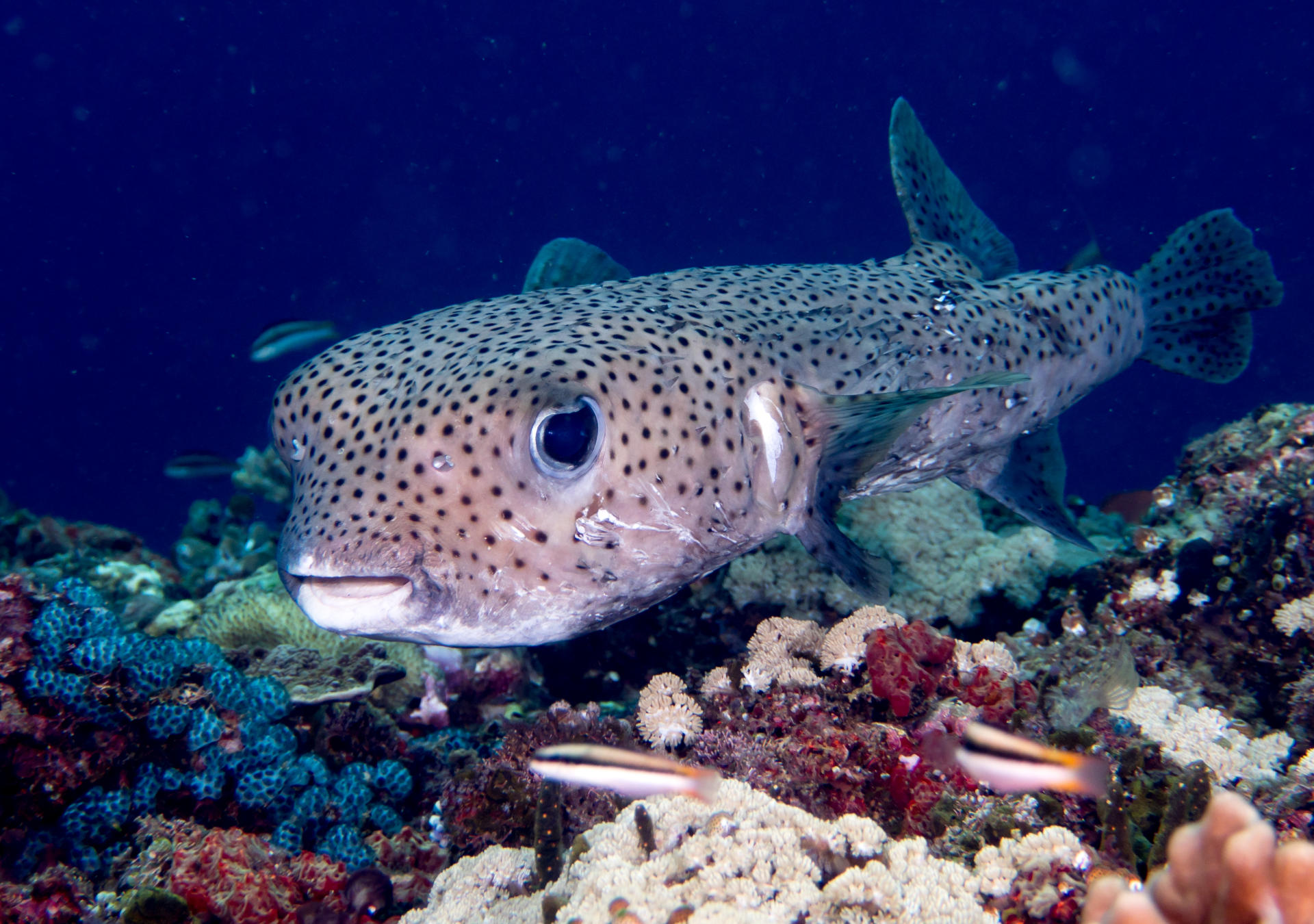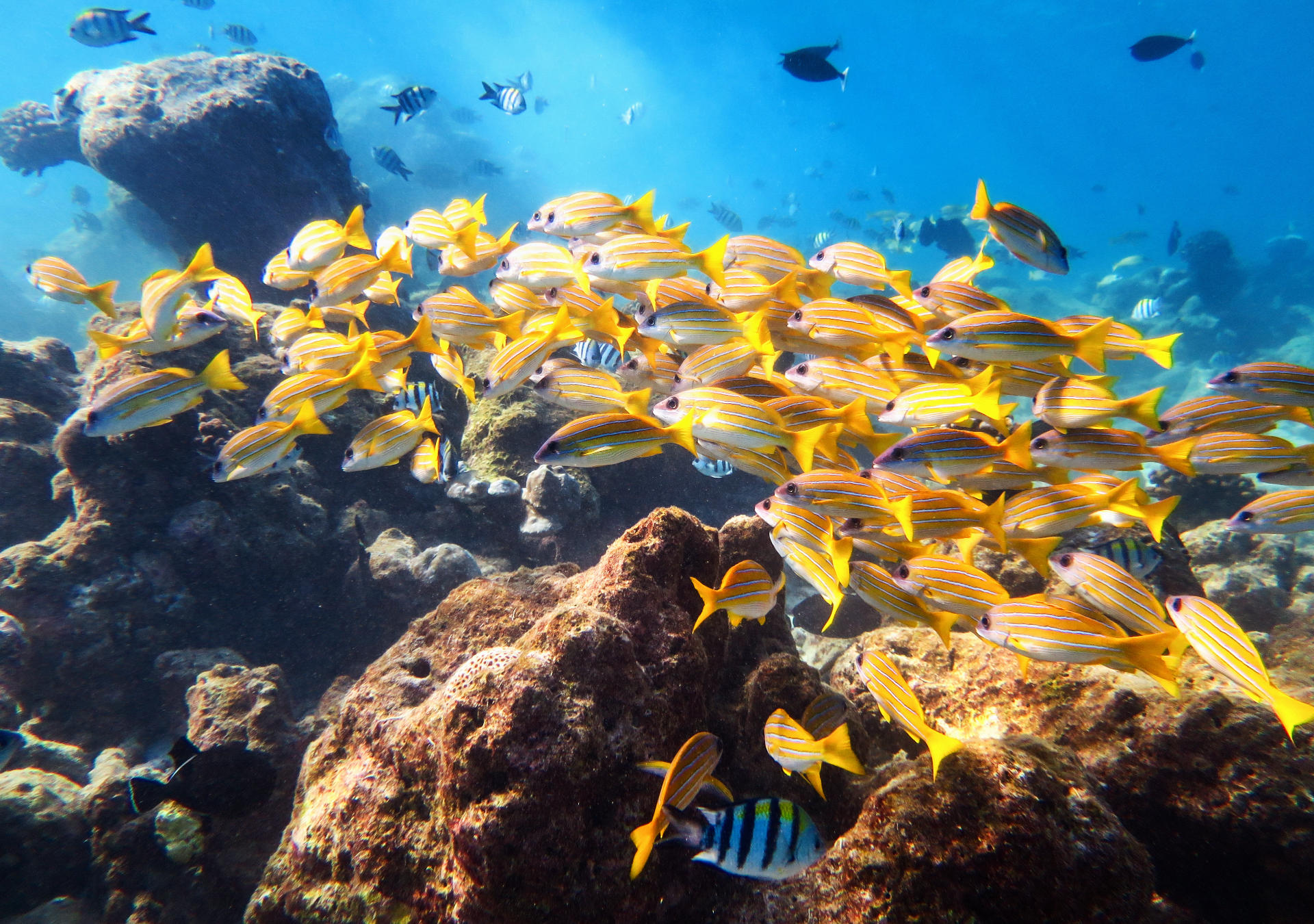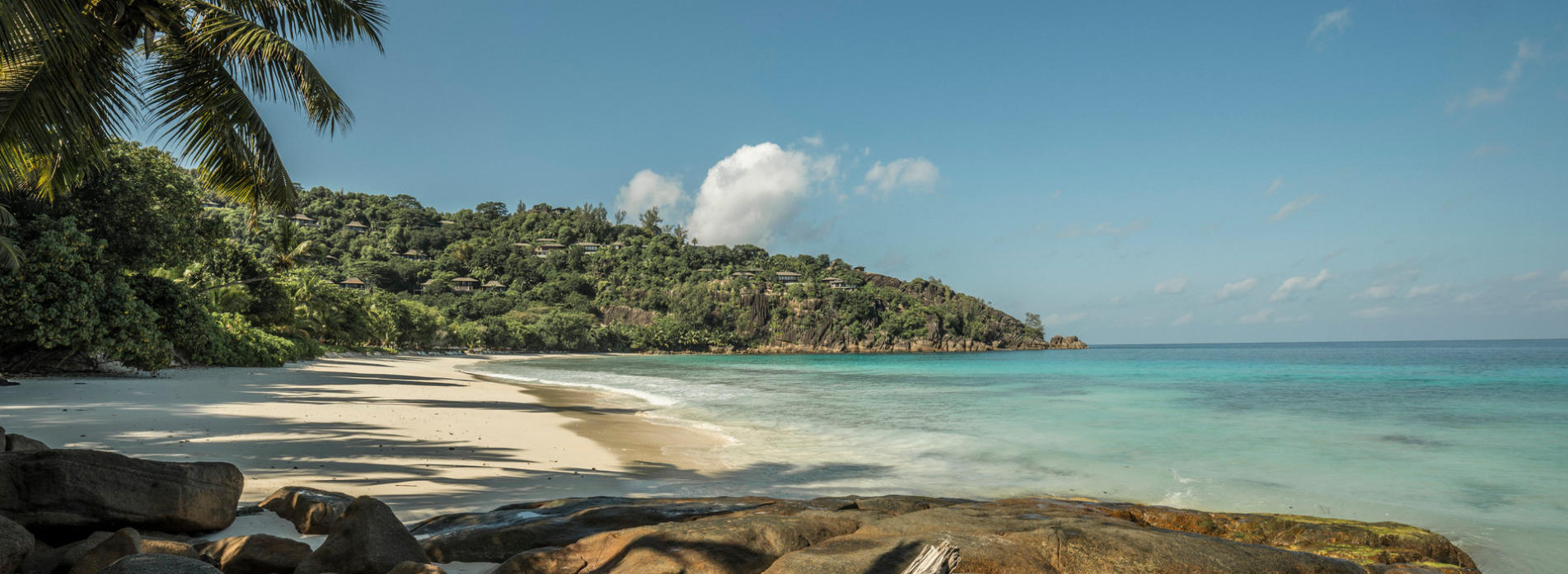
When you think of diving and snorkeling vacations the first of our destinations that springs to mind is probably the Maldives, and we don’t blame you, it’s a country made up of thousands of coral islands, home to manta rays, turtles and whale sharks as well as hundreds of brightly colored reef fish. But, what if we were to tell you there was another destination we love that is also home to all of this and much more?
The Seychelles, nearly 1,000 miles off the east coast of Africa and just south of the equator, is an archipelago of 115 granite and coral islands spanning for miles in the Indian Ocean. With its clear, turquoise waters the Seychelles is one of the world’s top destinations for scuba diving, boasting 652.5 square miles of coral reef, about 30% of it’s national waters are protected. Being in the tropics, the water is warm all year round (77ºF - 86ºF), perfect for the dive and snorkel enthusiasts among you.
Snorkeling in the Seychelles is relatively easy. Step 1: source snorkel, mask and fins. Step 2: swim out from shore. That’s it, it really is that easy. The best months of the year for snorkeling are between April and November. During this time the winds are lighter making the water visibility that much better. Of course, it is still possible (and encouraged) to snorkel outside of these months but be aware the underwater visibility may not be as good.
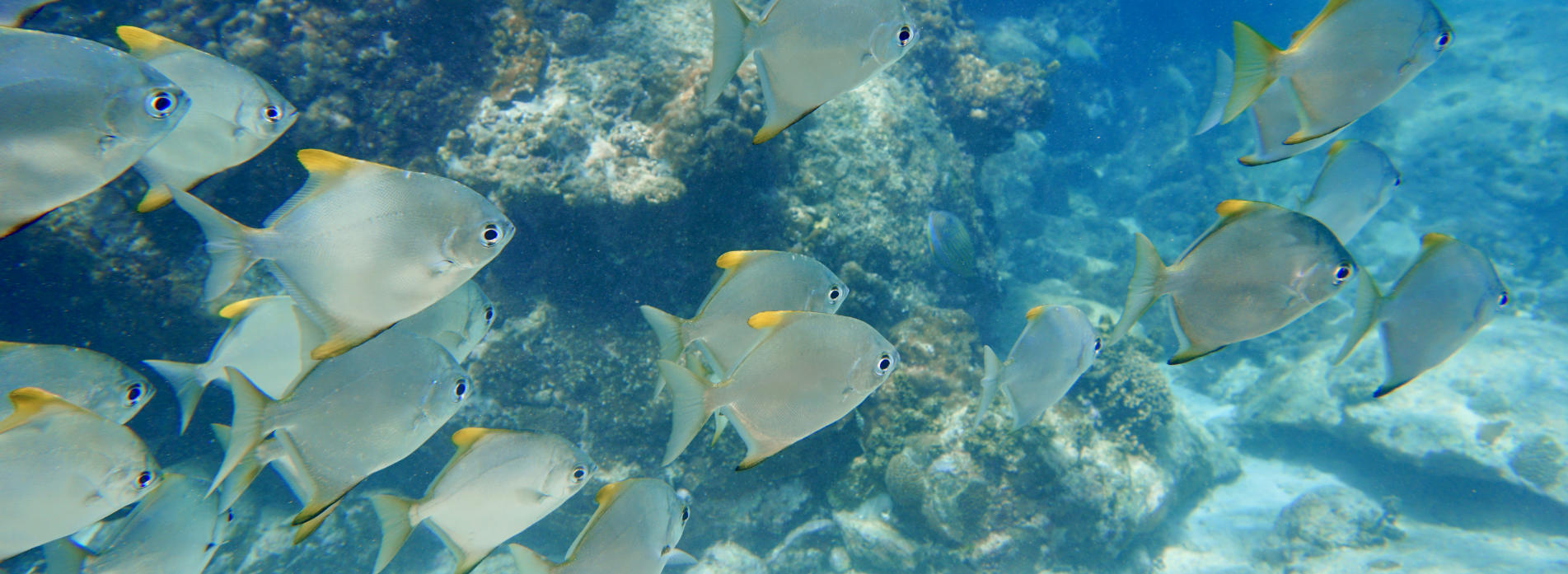
As we touched on earlier, the Seychelles is a hot spot for marine life. You can explore the shallow lagoons, seagrass beds, fringing reefs and areas featuring ginormous, immersed granite boulders. You’ll see everything from butterflyfish and parrotfish to turtles, rays and sharks. If you’re really lucky you may even be joined by a manta ray or dolphin.
Check out some photos from a snorkel off the beach at Petite Anse, Four Seasons Seychelles Resort.
